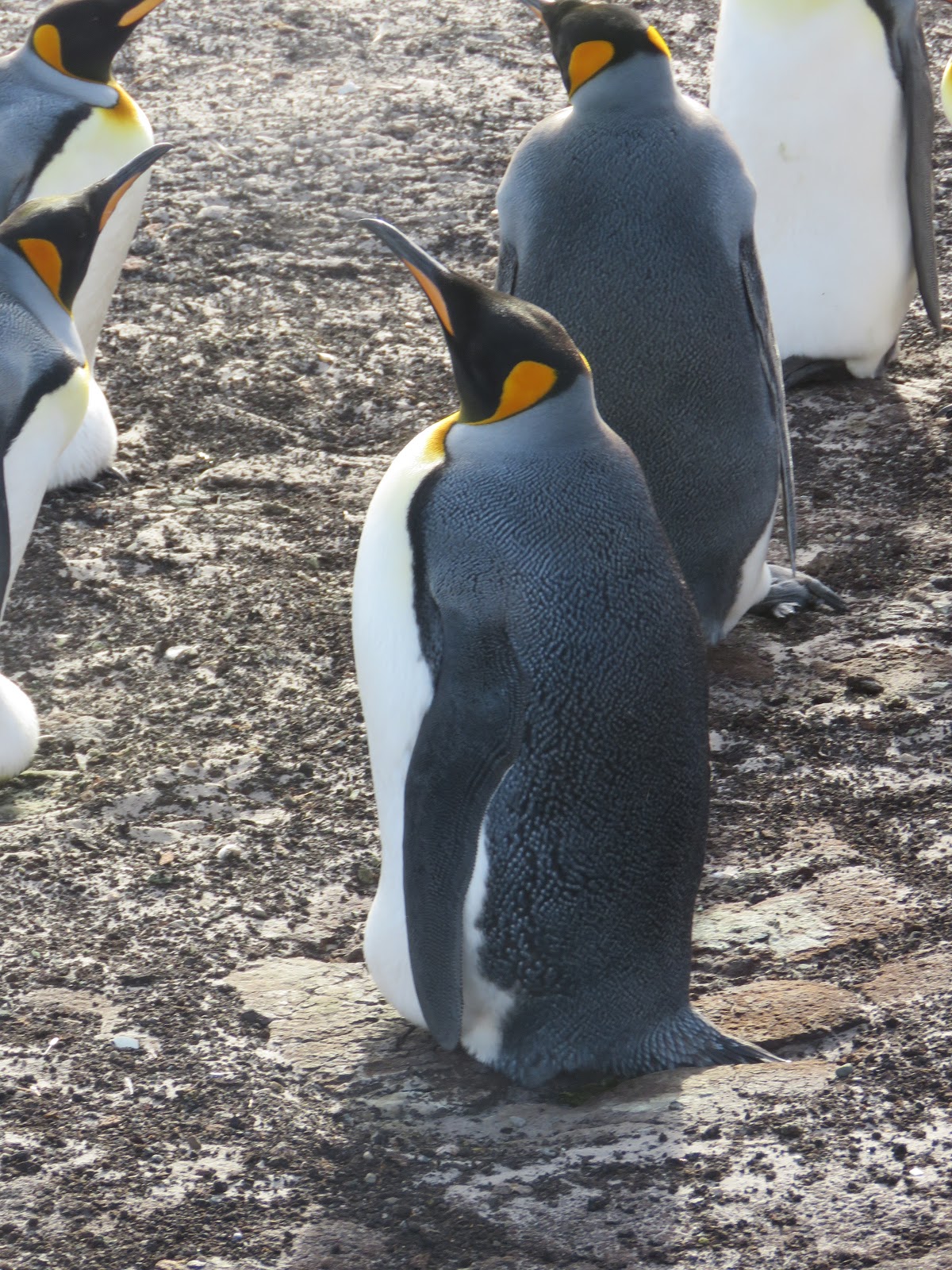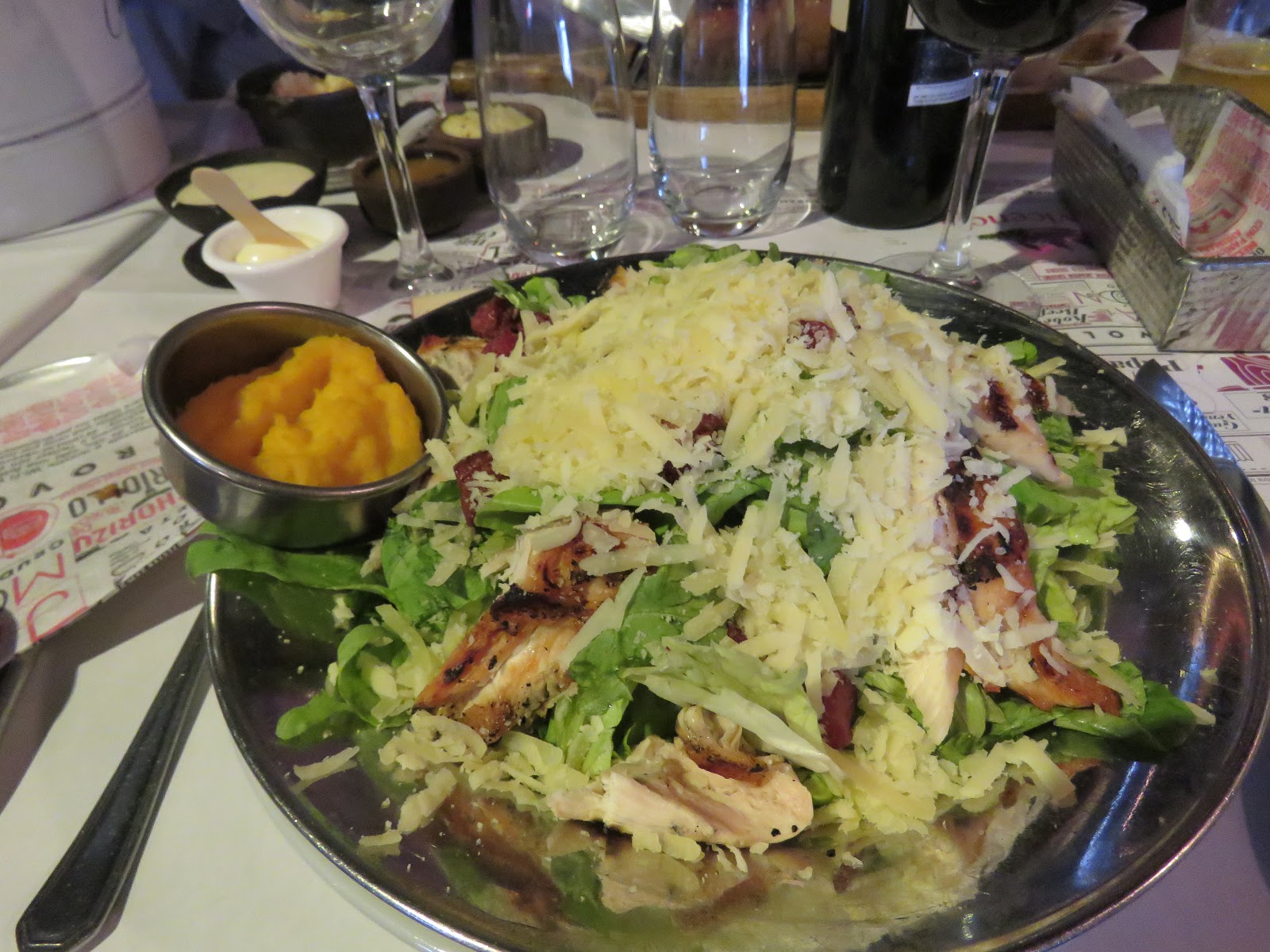 |
| The sun is reflecting on a glacier with King Penguins at the shore. |
 |
| View of the sea from Grytviken, South Georgia. |
 |
| Doorway to the Carr Maritime Gallery (museum). |
 |
| Whaling boat and a variety of whaling equipment. |
 |
| Hand-cranked air pump for divers. |
 |
| Cooking apparatus and boots with nails to stabilize walking on ice, whale oil, and debris. |
 |
| Navigational device. |
 |
| Vertebrae from a whale. |
 |
| Various preserved specimens. |
 |
| Books and local wares in the Grytviken shop. |
 |
| Ropes and pulleys for the whaling boats. |
 |
| Grenades and harpoon heads are used to kill whales. |
 |
| Tom thought this rock formation appears to be a turtle. |
 |
| An empty Zodiac boat ready to load to more passengers to take ashore. |
 |
| Example of the interior of local housing during the whaling days. |
 |
| King Penguins were standing in shallow water. |
 |
| The Grytviken shop with various equipment on display outdoors. |
 |
| What a face! |
 |
| Two adorable Fur Seal pups enjoying the warmth of the sun. |
Photo from one year ago today, January 31, 2017:
 |
| Cute. We took this photo through the glass of the window in the living room in Huon Valley, Tasmania when we happened to see this rabbit on the shore of the Huon River. For more photos, please click here. |

























































































































































